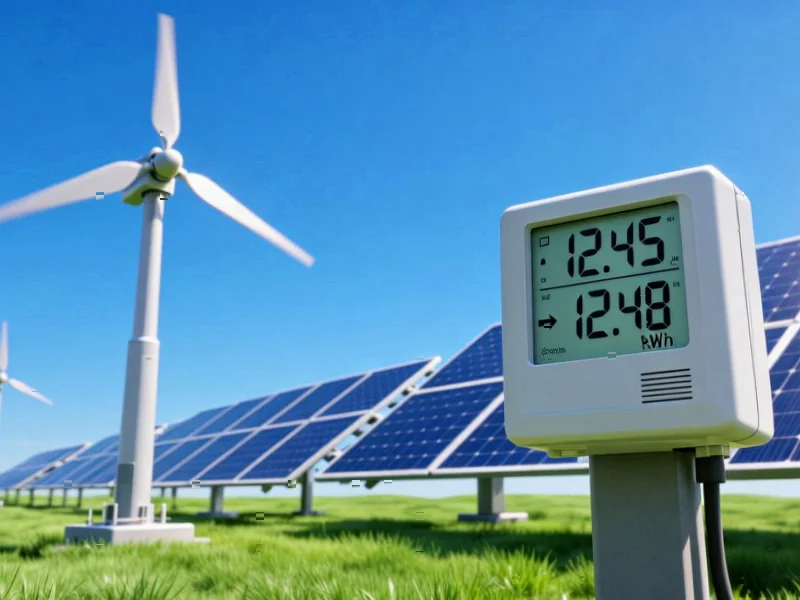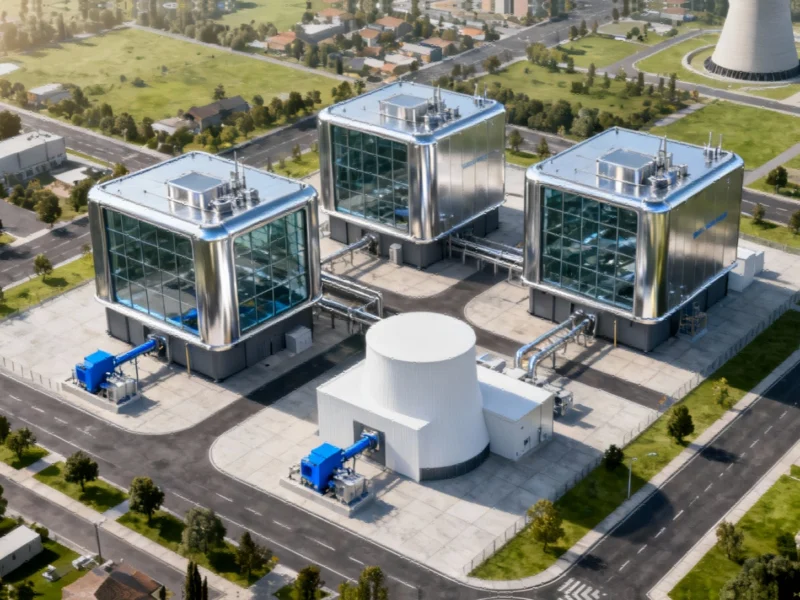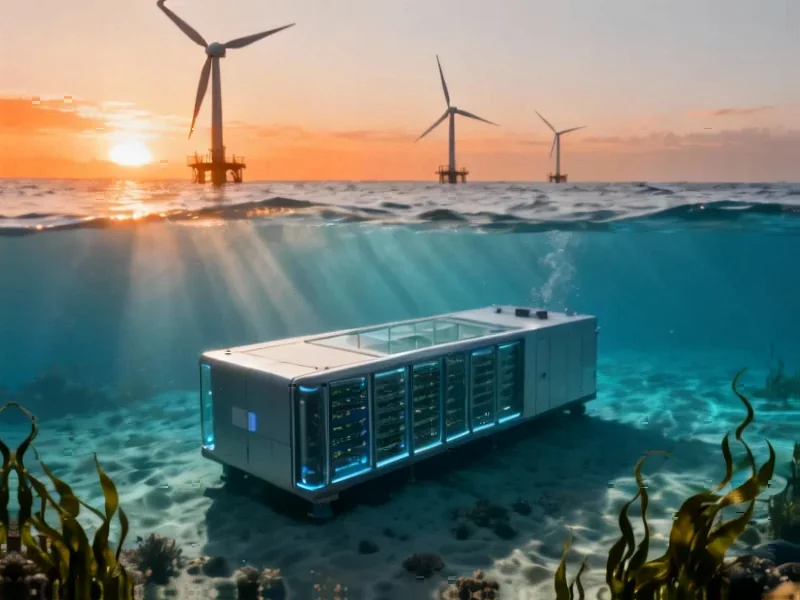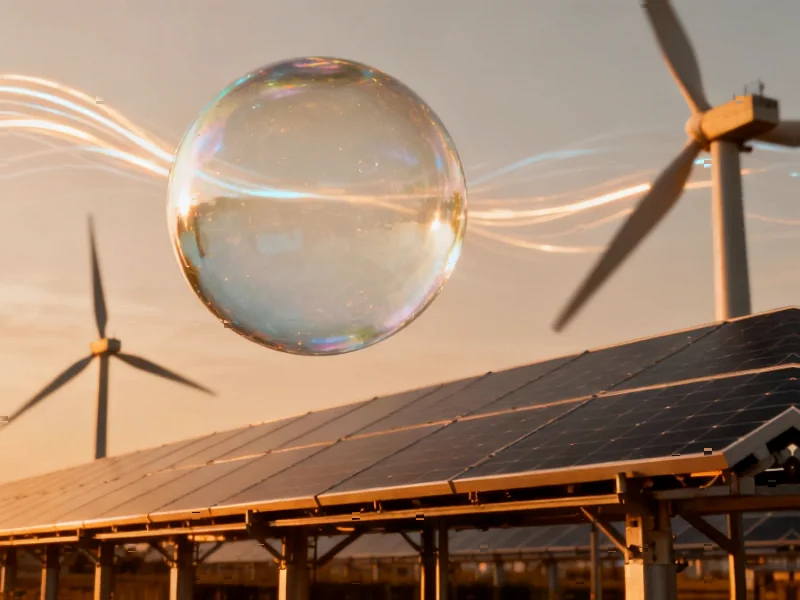According to Forbes, UK climate tech investment reached £4.5 billion in 2024, representing a 24% increase despite a 30% decline globally. Energy technology has emerged as the most exciting segment within climate tech, with companies like Tem raising $13.7 million in Series A funding and Allye Energy securing $2.5 million in seed capital. The sector faces a fundamental challenge: while renewable energy promises long-term cost savings, the transition requires massive infrastructure investment that drives up consumer bills in the short term. UK electricity prices are already 19% higher than the EU average, creating consumer resistance despite government commitments to wind, solar, and nuclear expansion. This creates a critical opening for startups focused on generation efficiency, distribution optimization, and transactional innovations that can deliver immediate cost savings alongside sustainability benefits.
Table of Contents
The Infrastructure Inheritance Problem
The fundamental challenge facing energy tech innovators isn’t just technological—it’s systemic. Our current electricity infrastructure was designed for centralized power generation from predictable fossil fuel sources. This legacy system creates inherent friction for distributed renewable energy sources that are intermittent by nature. The regulatory frameworks governing energy markets were built around this centralized model, creating what energy experts call “regulatory lag”—where innovation outpaces the rules designed to manage it. This explains why companies like Allye Energy face constraints around battery ownership rules, despite batteries being essential for balancing the grid variability introduced by solar and wind power.
The AI Power Demand Wildcard
What the analysis misses is the accelerating demand side of the equation. The rapid expansion of artificial intelligence and data centers represents a seismic shift in electricity consumption patterns that existing grid models never anticipated. AI training workloads can consume as much electricity as small cities, creating localized demand spikes that strain distribution networks. This isn’t just about electric vehicles anymore—the AI revolution is creating a new class of “power-hungry” consumers that existing infrastructure cannot efficiently serve. Companies like Allye Energy that focus on battery storage and grid support are positioning themselves at precisely this intersection of rising demand and intermittent supply.
The Regulatory Innovation Gap
The most significant barrier to energy tech progress isn’t funding or technology—it’s regulatory architecture. Current market rules often prevent the very efficiencies that startup companies are trying to create. For instance, regulations that separate generation from distribution create artificial barriers to localized energy optimization. The United Kingdom’s pioneering privatization of electricity markets in the 1990s created efficiency gains initially but now constrains the distributed, flexible energy system needed for renewables dominance. Venture firms like 2150 are betting that regulatory evolution will eventually catch up with technological possibility, but this creates a timing risk for early-stage investments.
The Political Consistency Crisis
Energy infrastructure requires decades-long planning horizons, but political cycles operate on much shorter timelines. The mixed messaging around carbon neutrality targets creates uncertainty that directly impacts investment decisions. When businesses cannot rely on consistent policy frameworks, they delay capital-intensive energy transition projects. This creates a vicious cycle: political uncertainty slows adoption, which reduces the market for innovative solutions, which in turn makes it harder for energy tech startups to achieve scale. The UK’s current advantage in energy tech investment could quickly erode if policy inconsistency drives capital to more predictable markets.
Beyond Cost: The Resilience Imperative
While cost savings drive initial adoption, the long-term value proposition for energy tech extends to grid resilience and energy security. As climate change increases the frequency of extreme weather events, the ability to maintain power during disruptions becomes increasingly valuable. Distributed energy resources, smart grid technologies, and advanced storage solutions don’t just save money—they create more robust systems that can withstand and quickly recover from disruptions. This resilience premium represents an underappreciated dimension of the energy tech value proposition that could eventually justify higher upfront costs through reduced economic disruption during grid failures.
The Path Forward
The success of UK energy tech hinges on solving a three-part equation: technological innovation must align with regulatory evolution and market timing. Companies that can navigate this complex landscape while delivering immediate financial benefits have the strongest prospects. The transition from sustainability-focused messaging to cost-saving propositions represents a maturation of the sector, but the ultimate winners will be those who can demonstrate both. As battery costs continue to decline and AI-driven grid optimization improves, the economic case for distributed energy resources becomes increasingly compelling—provided regulatory frameworks evolve to enable rather than constrain innovation.



